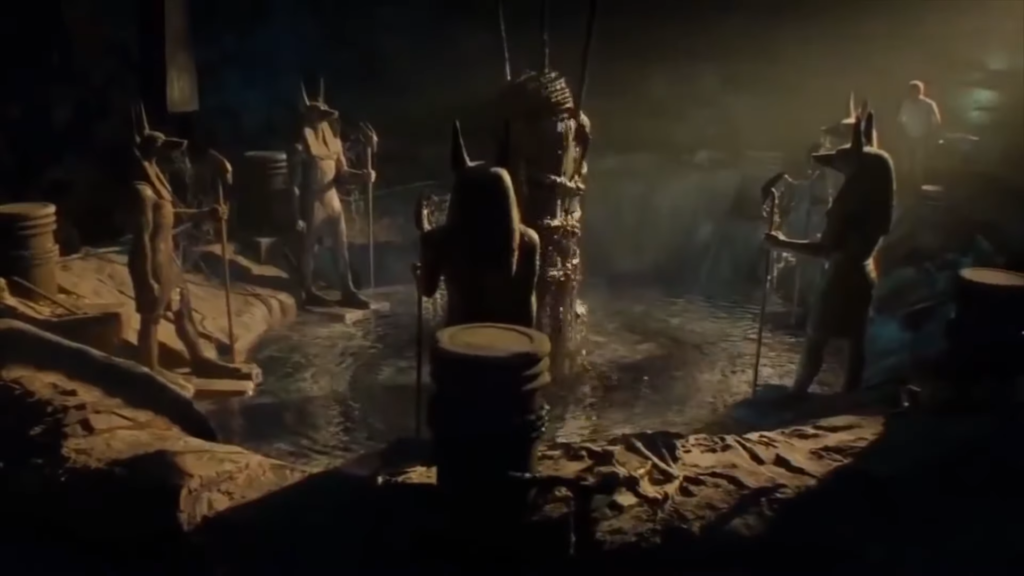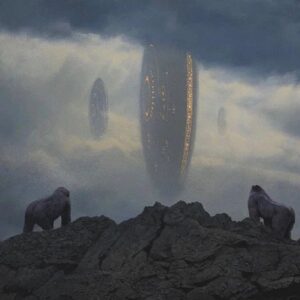Curious about discoveries that challenge history? How do priceless items end up in deserts or stay hidden in jungles? Let’s explore five surprising finds in unlikely places. Do these mysteries change what we know? Can scientists explain these discoveries? So many questions, right? Well, let’s get all of them answered in this video.

**1. Stone Spheres in Costa Rica**
In the lush landscapes of southern Costa Rica’s Diquís Delta, you’ll stumble upon a fascinating mystery: giant stone spheres known as Las Bolas. Dating back to as early as AD 600, these monumental orbs are crafted from gabro, a rock formed from molten magma. But how were these incredible spheres carved into perfect roundness? Experts believe that ancient artisans used smaller stones for this remarkable feat. As for their purpose, some suggest they might have served as celestial tools or markers for important destinations. However, the Chyan people who once inhabited this region and created these orbs vanished into history during the Spanish Conquest, taking the secrets of these spheres with them.

**2. Antikythera Mechanism**
Imagine a scene right out of a thrilling adventure movie: the discovery of the Antikythera Mechanism, a true archaeological puzzler. This remarkable find emerged from the depths of the sea, nestled within the remains of a Greek shipwreck submerged for over two millennia. What sets this artifact apart is a circular bronze device adorned with a mesmerizing web of interlocking gears and enigmatic symbols. Initially believed to be an ancient navigational tool like an astrolabe, experts soon unearthed a surprising revelation. This bronze wonder is, at the very least, an incredibly intricate astronomical calendar, standing as the most advanced device of its era—appearing a full 1,000 years before anything remotely similar.

**3. Qin Shi Huang’s Tomb**
In 1974, Chinese farmers found the incredible Terracotta Army guarding Emperor Qin Shi Huang’s tomb. While the army’s purpose is clear—to protect the emperor in the afterlife—the location of his actual tomb and its treasures remain unknown. Nearby stands a pyramid-shaped mausoleum where Qin Shi Huang is believed to rest, yet it remains unexplored. Described as China’s most magnificent tomb, it boasts an underground palace, vast kingdom, and complex caves, along with a tricky drainage system. However, the challenge lies in the tomb’s high mercury levels, making excavation difficult. The mystery of when technology will enable exploration of this ancient wonder and unveil its secrets remains unsolved, keeping the emperor’s resting place and its treasures hidden.

**4. Nazca Lines: The Hidden Mystery**
Nazca lines in Peru, though unimpressive from the ground, are stunning when seen from the air. Discovered by airplane passengers in the 1920s and ’30s, archaeologists confirm these massive shapes, created over 2,000 years ago by the Nazca people, include geometric patterns and depictions of animals and plants. The big question: why did they do it? Some suggest aliens and astrology, but archaeologists think it was a way for the Nazca people to communicate with their gods through rituals. Adding to the mystery of these ancient wonders.
**5. Shroud of Turin**

Few archaeological mysteries stir as much debate as the Shroud of Turin, believed by many to be the burial cloth of Jesus Christ. This piece of twill cloth bears stains of blood and the mysterious image of a man’s body. The story of the shroud stretches back to AD 30 or 33, although its official record in the Catholic Church begins in AD 1353. Legend has it that the shroud’s journey began in Judea, now Southern Palestine, then moved to Edessa, Turkey, and later to Constantinople, now Istanbul. However, the real twist came in the 1980s when scientists used radiocarbon dating to determine its age. Their findings pointed to a creation date between AD 1260 and 1390, suggesting it was a medieval creation. Critics, however, suggest that the tested portions might have been added much later, explaining why the shroud seems newer than its true age. The mystery of the Shroud of Turin continues to captivate, with questions about its authenticity lingering like an unsolved puzzle.



